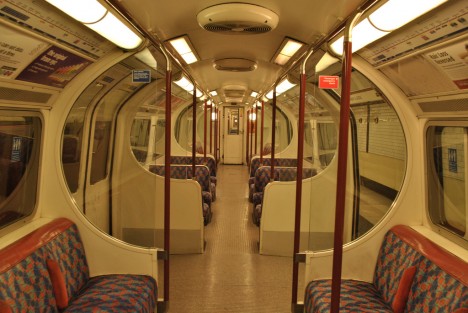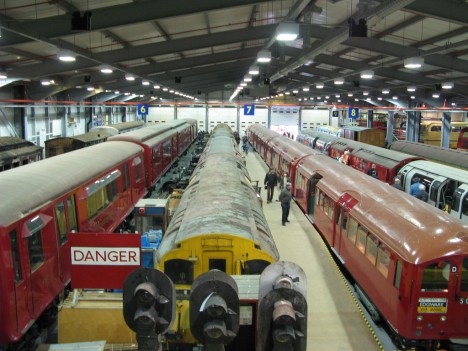How the London Underground has Changed
As time goes by, so does the needs and expectations of the users of established services. None more so than London’s Underground system. Since its birth, the Underground has been a huge success transporting millions across London every year, but seeing as our technology advancement has rocketed quicker than anybody could ever have anticipated, there have been changes in our needs, especially with travelling.

London underground / Amanda Vincent-Rous
The Underground, like all train-lines, has to be reliable and fast; if it isn’t, then people are late for work, the companies fail to make profit and the economy suffers. While Britain is far from having the most reliable and on-time underground system, it is still very impressive – just don’t expect to be comfortable in the tubes.
As a result, the London Underground has changed quite a lot over the years. As the world’s first underground railway, 1863 was an important year for London’s transport vision. While the official title of ‘London Underground’ would only come into play in 1985, the underground rail network in London has been in full flow for well over a century, transporting passengers on a daily basis.
Now carrying three million passengers every day, the London Underground is a business in itself, but it hasn’t always been like that. Back in 1863, the first line was laid and stretched just under four miles between Paddington and Farrington Street. It wasn’t much, but it was a start of something that would turn into a massive line of railway across the capital.
1880 saw the opening of the first Tube tunnel, from the Tower of London to Bermondsey, which represented another milestone and leap for the evolution of the railway network underground. As the world entered the 20th century, electric lines were introduced to the District and Circle route, cementing the future of the concept.

London transport museum / Julian Tysoe
Changes and additions to lines and new stations were made as the decades rolled by until the exciting introduction of dot-matrix train destination indicators in 1983. This was perhaps a big sign of the more modern-approach to the London Underground as we pushed towards the end of the 20th century.
Tragically, the late ‘80’s saw a fatal fire at King’s Cross killing 31 people which not only shook the nation but called for new safety and fire regulations to be introduced. As we welcomed in the 21st century, 2002 saw the Oyster card for the first time in the London Underground – something that is still used to this day.
It may not be comfortable in the tubes for the passengers – especially at peak times – but the Underground remains a massive part of people’s everyday lives for commuting and pleasure. Who knows where the London Underground is going in the next 100 years (my money is on maglev technology), but one thing is for certain: it will definitely still be there!
This gaze at the glorious London undergound was contributed to us by chessingtonholidays.co.uk – hoping you’ll pay a visit next time you’re in London!
View How the London Underground has Changed in a larger map
Category: Technical monuments, Technical Monuments














